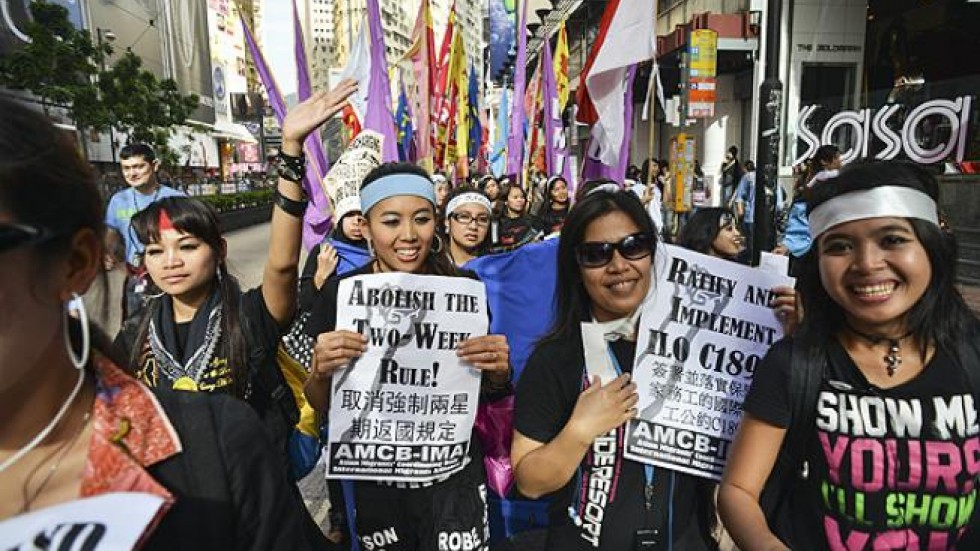Labour Rights in South East Asia
July 15, 2018 | Expert Insights
Background:
The garment industry has notoriously poor, even dangerous, working conditions. Factory owners, competing in the global marketplace for contracts, do everything possible to cut costs. Workers pay the price, suffering from low wages, long working hours, and unsanitary or even structurally dangerous factories. Factories in Bangladesh, India, Pakistan and Sri Lanka in particular are notorious for cutting costs, resulting in a minimum wage that is not sustainable for workers to live on. Wages are rarely adjusted for rising costs of living, thus pitching workers further into poverty.
Factory working conditions are dangerous and employees are prone to contract illnesses ranging from tuberculosis to depression to kidney and heart problems as a result of their punishing work hours and unsanitary facilities. Employees are given such high production targets each day that they are often afraid to take breaks even to use the restroom12. Missing production targets results in verbal abuse and pay cuts13. Additionally, in some factories even basic utilities like drinking water are unavailable, and childcare is often not covered
On April 24, 2013, just outside of Dhaka, Bangladesh, disaster struck Rana Plaza. The building, which housed five different garment factories, collapsed just hours after employees complained that cracks had formed in its walls - and after their bosses refused to allow them to leave the building. In the days that followed the collapse, rescue workers converged on the scene, pulling thousands of survivors from the wreckage. The final death toll would be over 1,100 people.
Analysis:
Heightened international scrutiny of the global garment industry, in large part a product of headline-making catastrophes such as Rana Plaza, has placed pressure on the industry to monitor and improve its labor practices.
A Majority Female Workforce: The intersection between labor rights and women’s rights is not always immediately evident, but is incredibly important in the garment industry. It is estimated that in the global garment industry, 80% of workers are female18. In Bangalore, approximately 90% of the city’s 500,000 garment workers are women.
Cultural expectations for women also influence the toxic power dynamics in the garment industry. In many countries, women are traditionally expected to be docile and subservient, making it more difficult for them to protest unfair labor conditions. Simultaneously, relatively few alternative fields of employment are available to them, meaning that for many low-income women entering the garment industry can feel like one of their only choices and one that is more profitable than work in their home villages.
A Global Industry: The global garment industry is worth US$1.7 trillion as of 2012. Nations across the globe, particularly in South Asia, heavily rely on the garment industry. In order to lure multinational corporations to hire their workers, countries and companies compete to lower wages as much as possible. The industry is heavily driven by the demands of European, Japanese and American buyers, who expect cheap prices and fast turnarounds on new products. Both expectations place huge pressure on nations with large manufacturing industries to pay workers less and require them to take on more hours
Assessment:
Our assessment is that there are several steps that can be taken to ensure the protection of Women’s Rights and Labour Rights in South East Asia. We feel that Socially Conscious Reforms such as the Accord on Fire and Building Safety in Bangladesh are a step in the right direction. Third-Party Social Audits are another way to Hold Companies Accountable. We believe that Unionization is another excellent solution to the issue of Labour Rights


